CodeSurfing (or Lướt Code) is a science club advocating accessibility in tech for artists in Ho Chi Minh City, Vietnam. We support interdisciplinary study in art and technology, through a wide range of activities, including community outreach programs and collaborative research projects.
⏤ Upcoming
⏤ Recently
- (08/03) Thư Pháp Chị Em @ TP.HCM
- (02/03) Workshop Làm Thiệp Nhạc @ TP.HCM









⎯ Manifesto
At CodeSurfing, technology is at its oneness with life and nature. Our studies seek to understand and foster the harmony between technology, artists, and the surrounding environment.
At CodeSurfing, technology does not limit itself within coding. It encompasses tools, machines, systems, algorithms, and logic that are already integral to our daily lives. Our studies support experiments on learning, archiving, and continuing these valuable local assets.
⎯ Participants
CodeSurfing provides a collaborative space for everyone to study, regardless of background, age, sexual orientation, or belief. We welcome art practitioners from all mediums to come have fun with us in the united voice of technology.
CodeSurfing pursues accessibility in technology through education. We believe that given the opportunity to learn, everyone can find their freedom and their unique vision in using technology. From decentralizing tech education, we as a community challenge the capitalistic and patriarchal norms of our current society and the tech industry.
Our Vietnamese Project
“Between the mountain ridges and sea strands, bridging two major cultures of India and China, and survived the occupations of three powers: France, USA, and Japan. Trailing the technology from USSR, and went through script transformations, twice. Vietnamese now has its own flexibility to express every concepts, ideas, movements, and feelings that it has been through.”
Initiated in mid-April 2024, “Dự án tiếng Việt” (Vietnamese Project) by CodeSurfing comprises a series of 3 essays on data analysis related to the Vietnamese language. In these essays, we explore the flexibility of Vietnamese by examining its most basic unit ⎯ the syllable. Building on this initial research, the project later expanded into a fellowship involving three emerging artists ⎯ Dmarc Lê, Đông Trúc, and thou. Though they come from different backgrounds and practices, all three fellows share a common passion for our language, Vietnamese.

A slice of the initial research by Yui Nguyễn, Phan Nhân, and Ngọc Võ.

“Bên Kia Của Vần”, zine by Đông Trúc

“Xác Âm”, installation by Dmarc Lê

“Bắt nắng nhặt chữ”, performance by thou
Hangout
2024/12 (HCMC/VN)
☽ Our Vietnamese Project Showcase @ Alpha Art Station

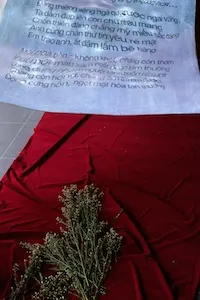

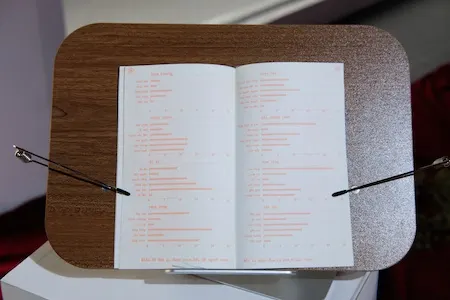
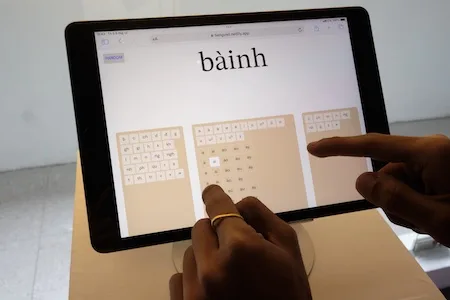
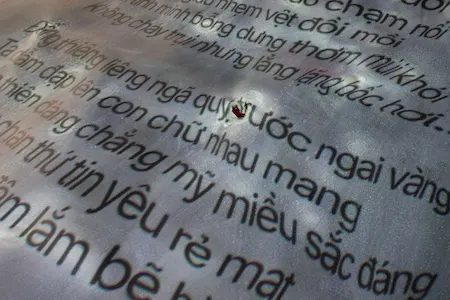

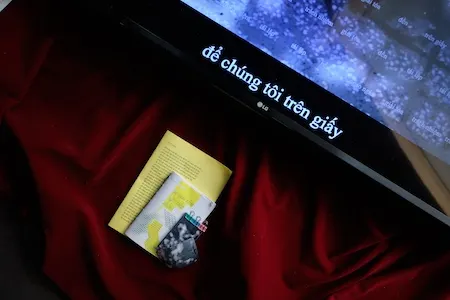
2024/11 (Hanoi/VN)
☽ Our Vietnamese Project Showcase @ National Woman Museum
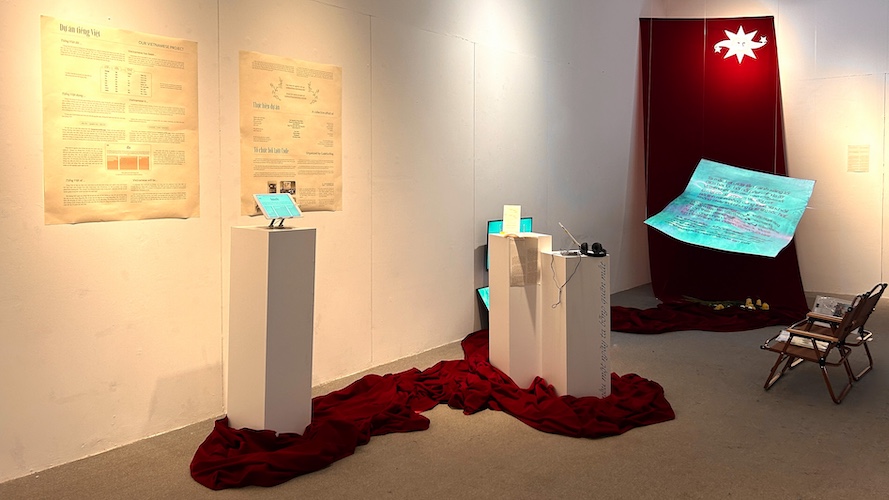




2024/11 (HCMC/VN)
☽ Reading Corner @ Reading Cabin






2024/10 (HCMC/VN)
☽ Our Vietnamese Project Showcaset @ 3năm Studio








2024/08
☽ Hanoi Pop-up with Wedogood & oBJECTs Studio @ RAAW Cafe (Hanoi/VN)

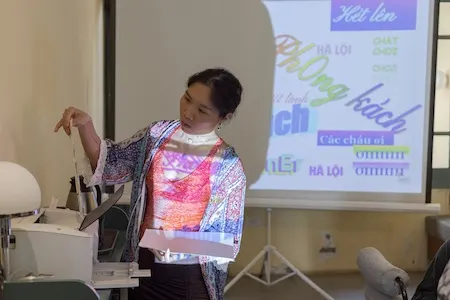





2024/06
☽ Audition Tournament @ Khongtrung Bar (HCMC/VN)







2023/11
☽ Farewell technologies @ 3năm Studio (HCMC/VN)





2023/11
☽ Love Letters @ Reading Cabin (HCMC/VN)




2023/06
☽ Machine Learning Workshop @ Van Lang University (HCMC/VN)




